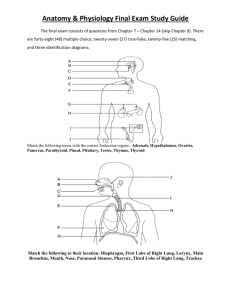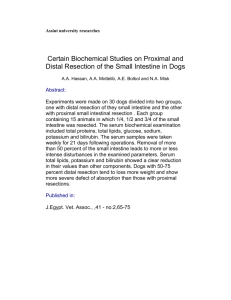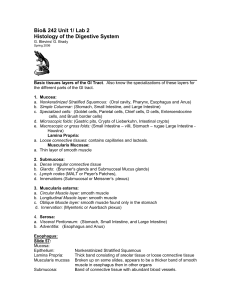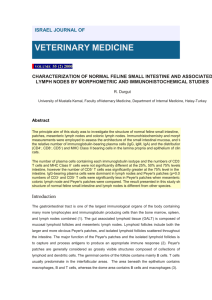small intestine adenocarcinoma - Beating Bowel Cancer Community
advertisement
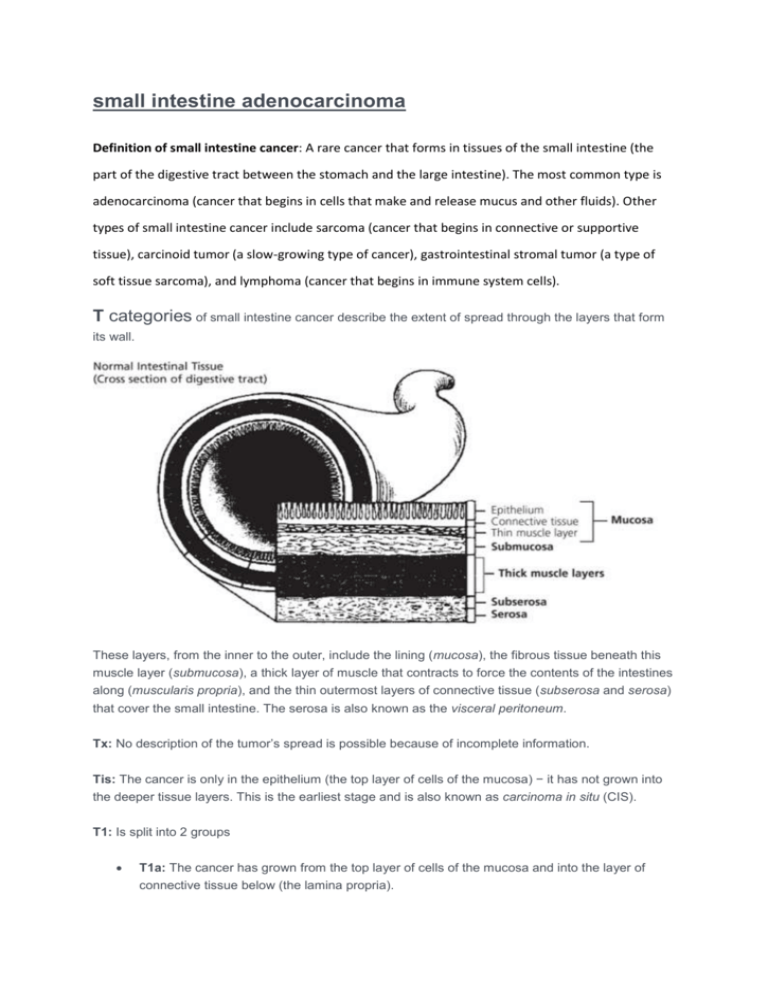
small intestine adenocarcinoma Definition of small intestine cancer: A rare cancer that forms in tissues of the small intestine (the part of the digestive tract between the stomach and the large intestine). The most common type is adenocarcinoma (cancer that begins in cells that make and release mucus and other fluids). Other types of small intestine cancer include sarcoma (cancer that begins in connective or supportive tissue), carcinoid tumor (a slow-growing type of cancer), gastrointestinal stromal tumor (a type of soft tissue sarcoma), and lymphoma (cancer that begins in immune system cells). T categories of small intestine cancer describe the extent of spread through the layers that form its wall. These layers, from the inner to the outer, include the lining (mucosa), the fibrous tissue beneath this muscle layer (submucosa), a thick layer of muscle that contracts to force the contents of the intestines along (muscularis propria), and the thin outermost layers of connective tissue (subserosa and serosa) that cover the small intestine. The serosa is also known as the visceral peritoneum. Tx: No description of the tumor’s spread is possible because of incomplete information. Tis: The cancer is only in the epithelium (the top layer of cells of the mucosa) − it has not grown into the deeper tissue layers. This is the earliest stage and is also known as carcinoma in situ (CIS). T1: Is split into 2 groups T1a: The cancer has grown from the top layer of cells of the mucosa and into the layer of connective tissue below (the lamina propria). T1b: The cancer has grown through the mucosa and into the submucosa T2: The cancer has grown through the mucosa and submucosa into the muscularis propria. T3: The cancer has grown through the inner layers of the intestine wall (mucosa, submucosa, and muscularis propria) into the subserosa. It has not started to grow into any nearby organs or tissues. T4: The cancer has grown through the entire wall of the small intestine (including the serosa). It may be growing into nearby tissues or organs. N categories for small intestine adenocarcinoma N categories indicate whether or not the cancer has spread to nearby lymph nodes. Nx: No information about lymph node involvement is available (often because no lymph nodes have been removed). N0: Lymph nodes near the tumor were checked and do not contain cancer. N1: Cancer cells found in 1 to 3 nearby lymph nodes. N2: Cancer cells are found in 4 or more nearby lymph nodes M categories for small intestine adenocarcinoma M categories indicate whether or not the cancer has spread to distant organs, such as the liver, lungs, or distant lymph nodes. M0: No cancer has been found in other organs or tissues. M1: Cancer has been found in other organs or tissues. Stage grouping The T, N, and M categories are combined (in a process called stage grouping) to determine the stage. The stage is expressed in Roman numerals from stage I (the least advanced stage) to stage IV (the most advanced stage). The following guide illustrates how TNM categories are grouped together into stages: Stage 0: Tis, N0, M0 The cancer is in the earliest stage. It has not grown beyond the top layer of cells of the mucosa of the small intestine. This stage is also known as carcinoma in situ. Stage I: T1 or T2, N0, M0 The cancer has grown from the top layer of cells of the mucosa and into deeper layers such as the lamina propria (T1a), the submucosa (T1b), or the muscularis propria (T2). It has not spread into nearby lymph nodes (N0) or distant sites (M0). Stage IIA: T3 or T4, N0, M0 The cancer has grown through most of the wall of the small intestine and into the subserosa (T3 or T4). It has not yet spread to nearby lymph nodes (N0) or to distant sites (M0). Stage IIB: T4, N0, M0 The cancer has grown through the wall of the intestine and into the serosa or into nearby tissues or organs (T4). It has not yet spread to nearby lymph nodes (N0) or to distant sites (M0). Stage IIIA: Any T, N1, M0 The cancer has spread to 1 to 3 nearby lymph nodes (N1) but not to distant sites (M0). Stage IIIB: Any T, N2, M0 The cancer has spread to 4 or more nearby lymph nodes (N2) but not to distant sites (M0). Stage IV: Any T, Any N, M1 The cancer has spread to distant sites such as the liver, lung, peritoneum (the membrane lining the abdominal cavity), or ovary. The 5-year survival rate is the percentage of patients who live at least 5 years after their cancer is diagnosed. Of course, many people live much longer than 5 years (and many are cured). Also, people with small intestine cancer can die of other things. The numbers below, known as observed survival, don’t take that into account. In order to get 5-year survival rates, doctors have to look at people who were treated at least 5 years ago. Improvements in treatment since then may result in a more favorable outlook for people being diagnosed with small intestine cancer now. Survival rates are often based on previous outcomes of large numbers of people who had the disease, but they cannot predict what will happen in any particular person’s case. Many other factors may affect a person’s outlook, such as their age, general health, the grade of the cancer, and how well the cancer responds to treatment. Your doctor can tell you how the numbers below may apply to your particular situation. The numbers below were published in 2010 in the 7th edition of the AJCC Staging Manual. They come from the National Cancer Data Base, and are based on people diagnosed with small intestine adenocarcinoma between 1998 and 2002. Stage 5-year observed survival Stage I 55% Stage IIA 49% Stage IIB 35% Stage IIIA 31% Stage IIIB 18% Stage IV 5%





